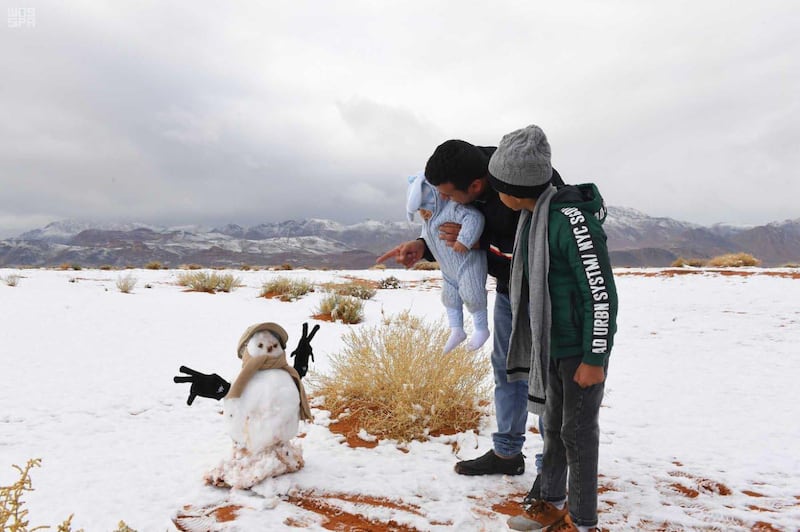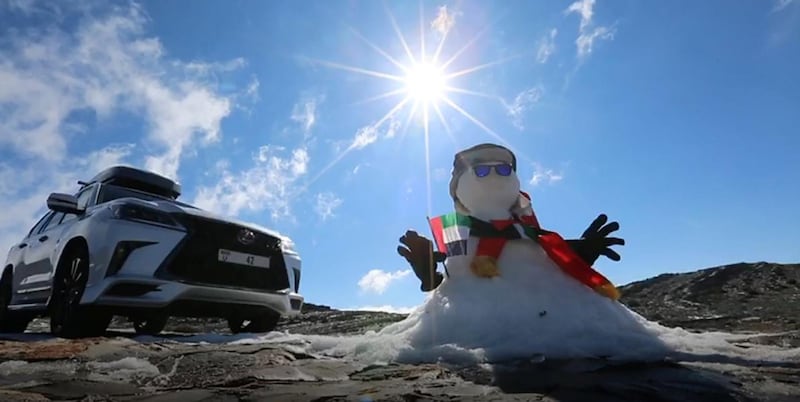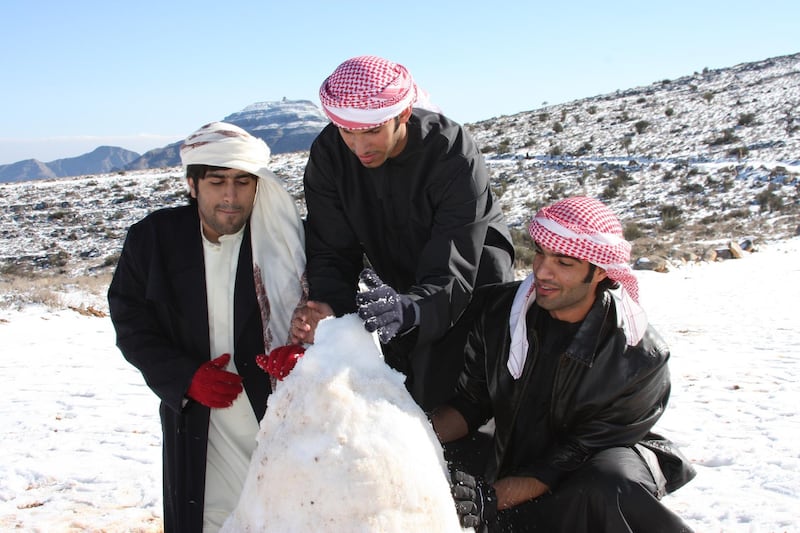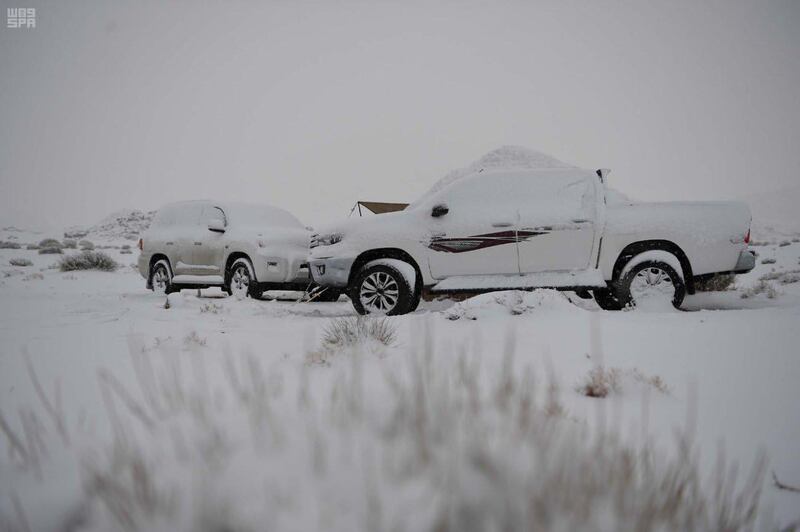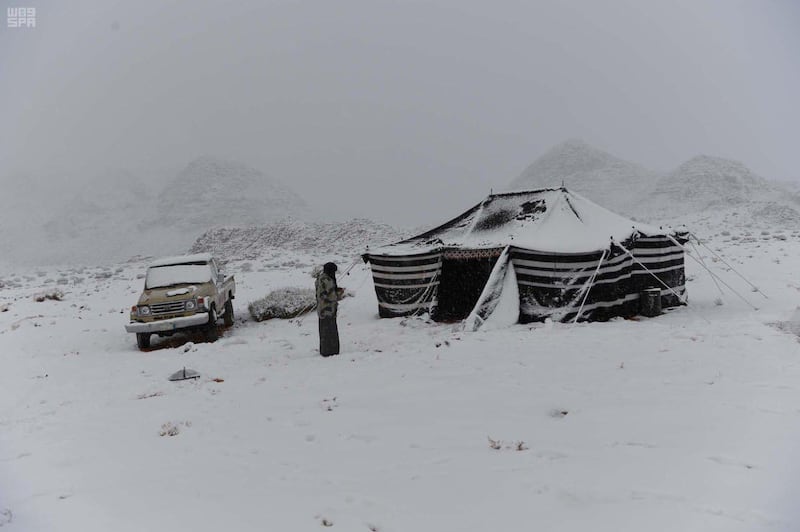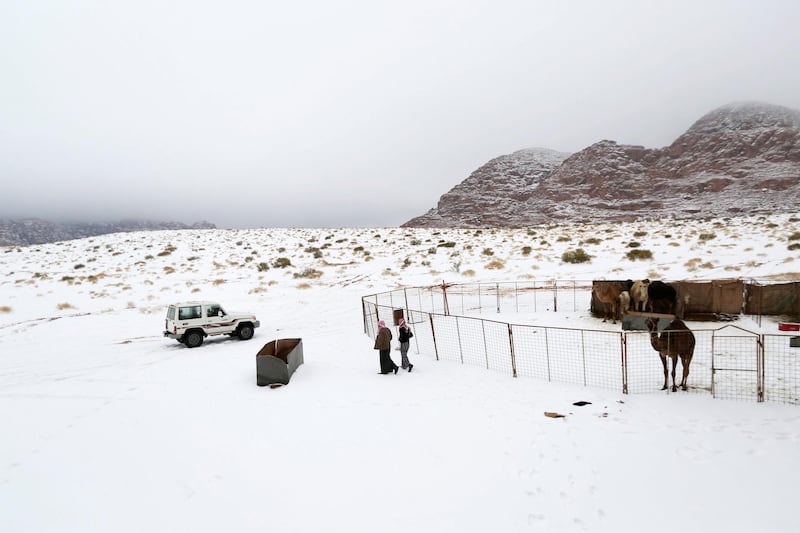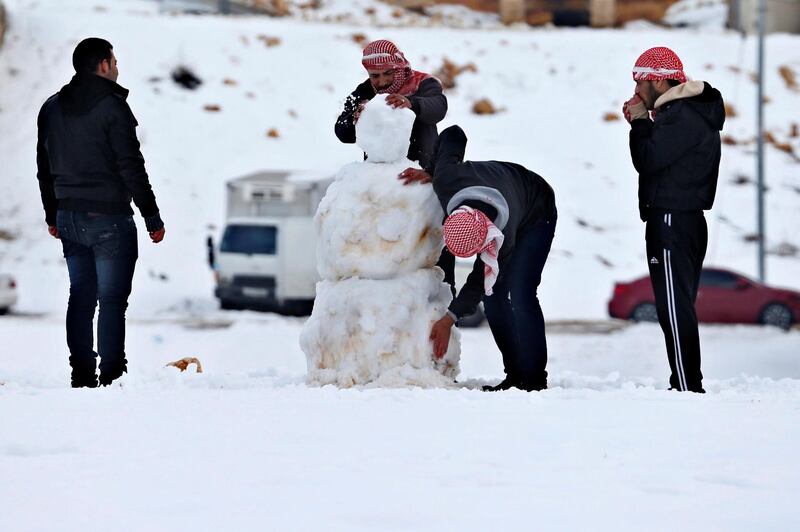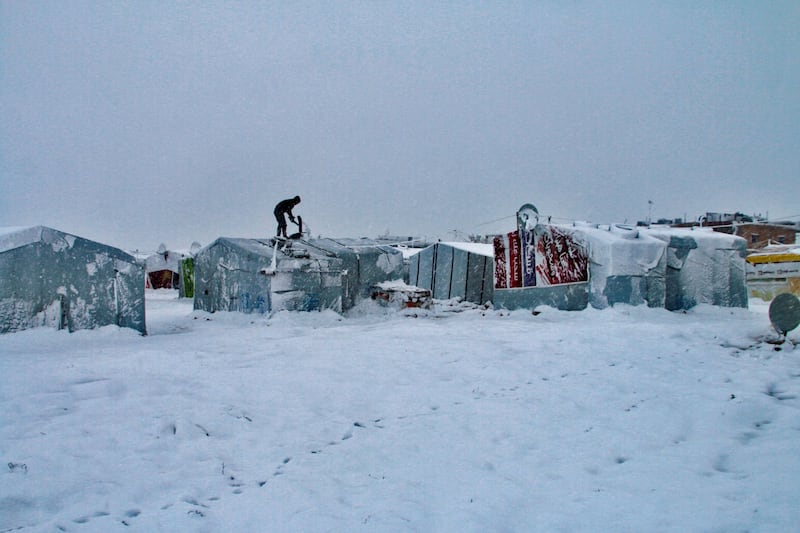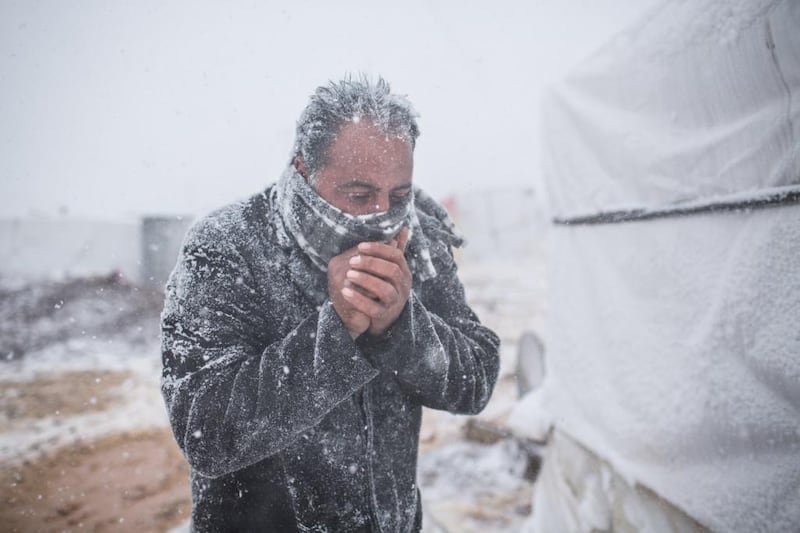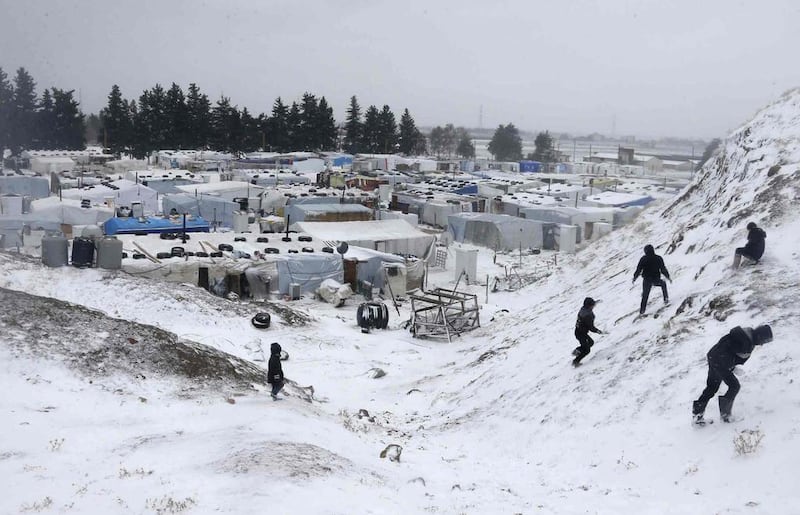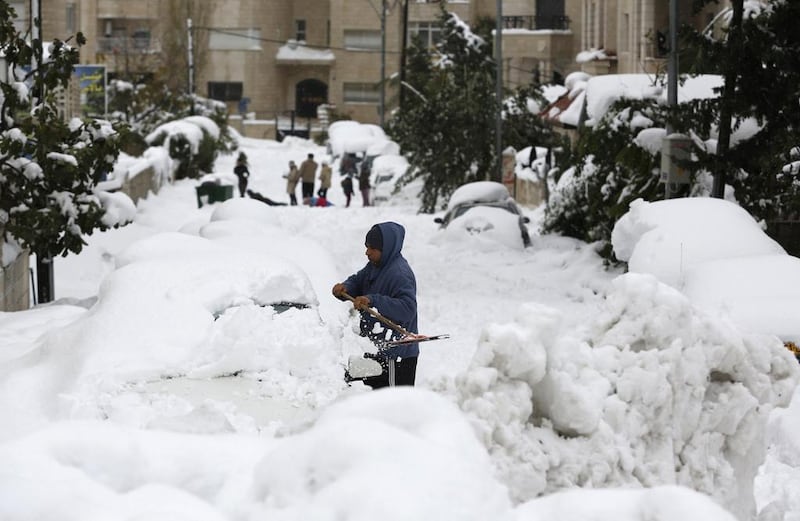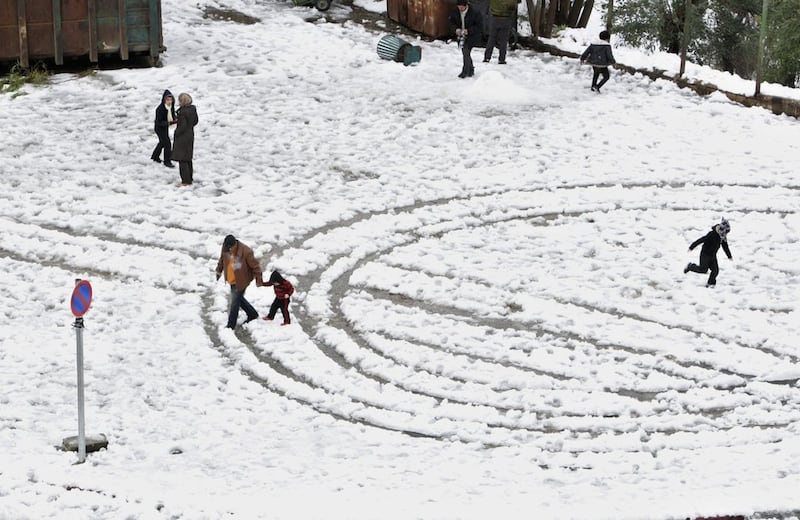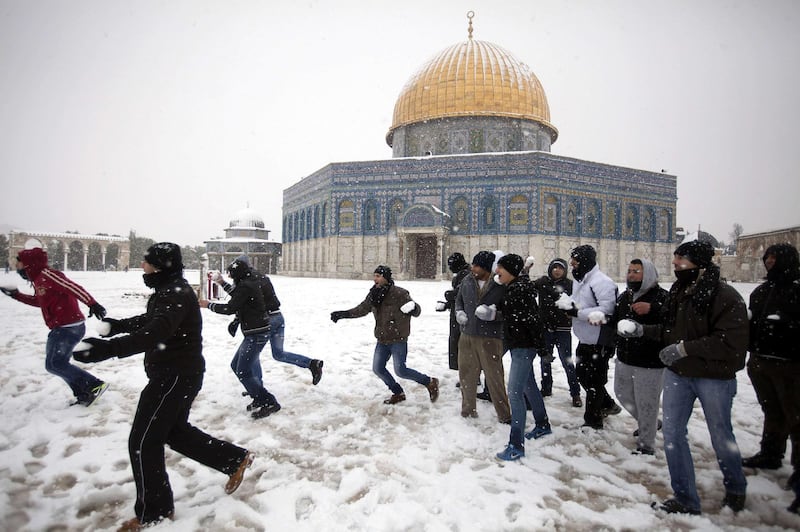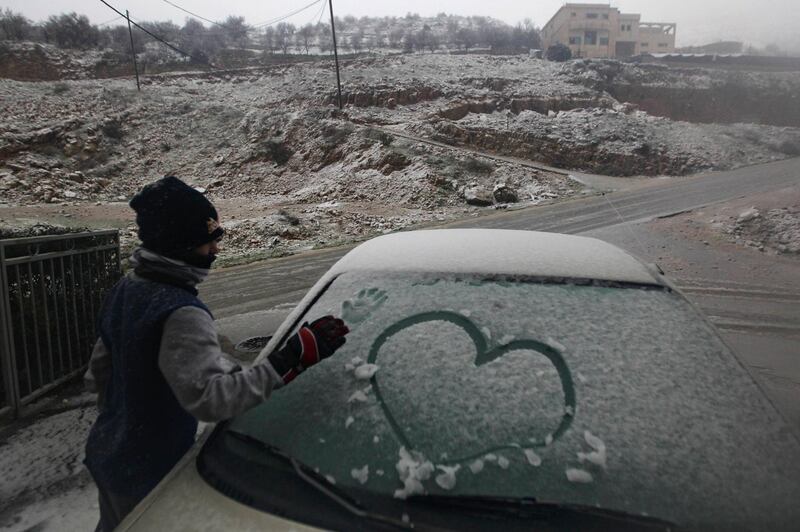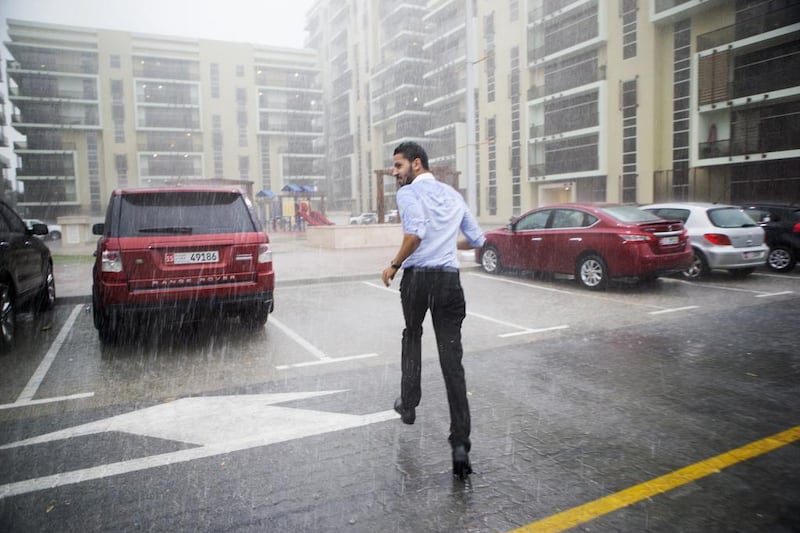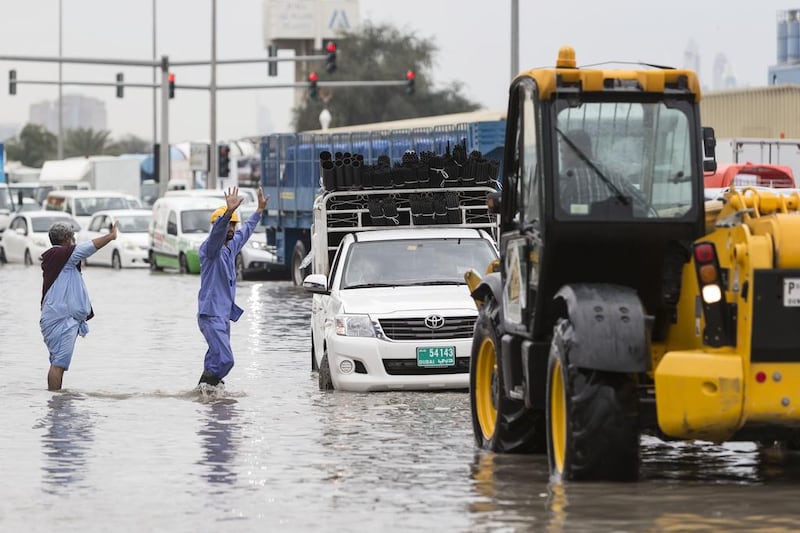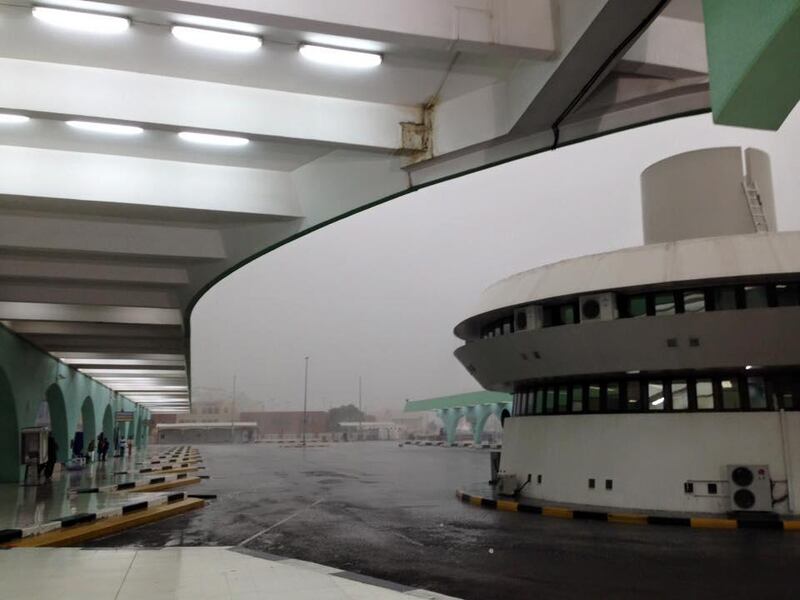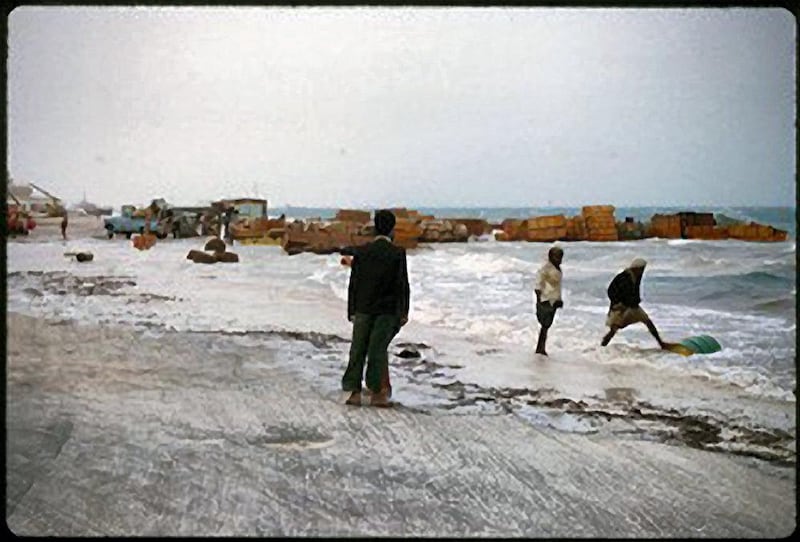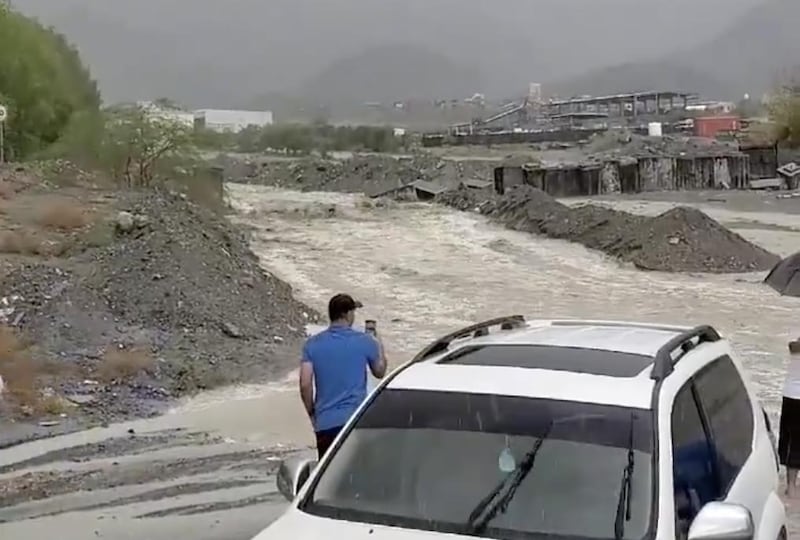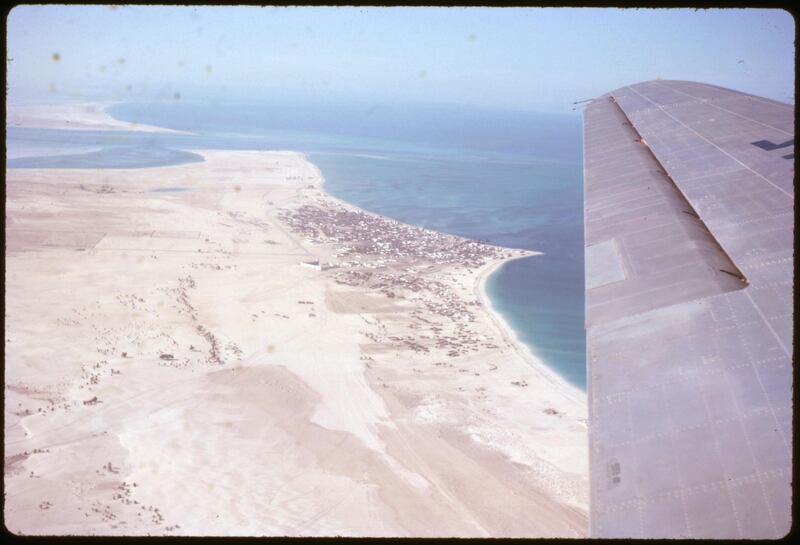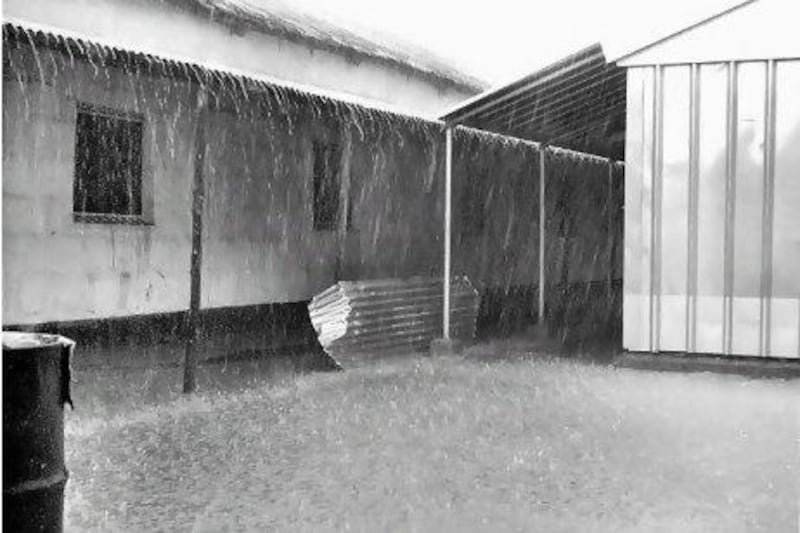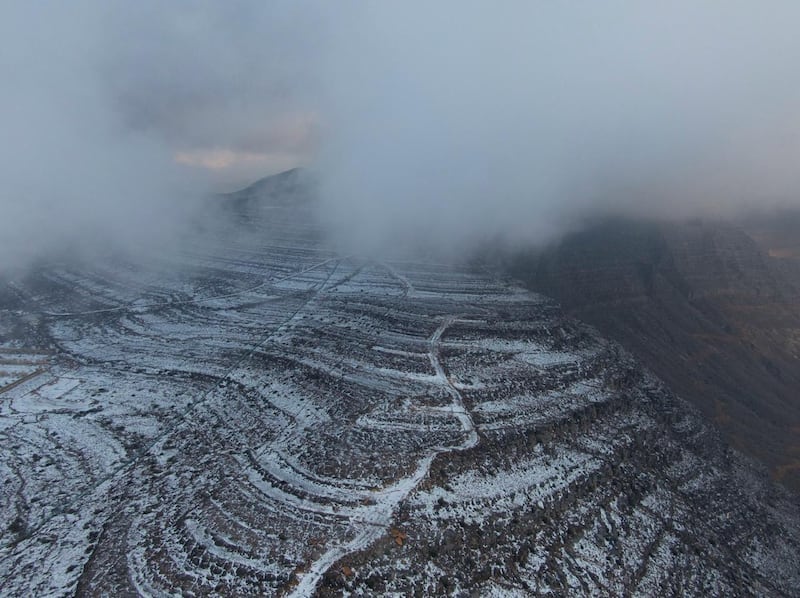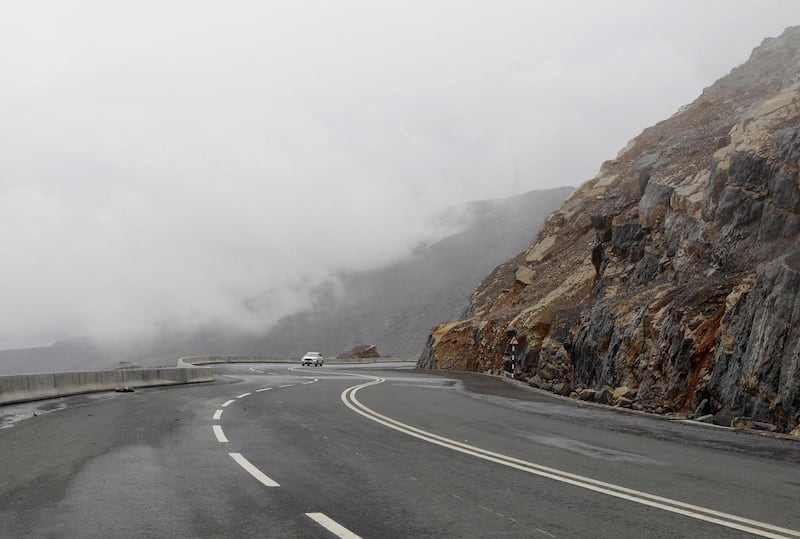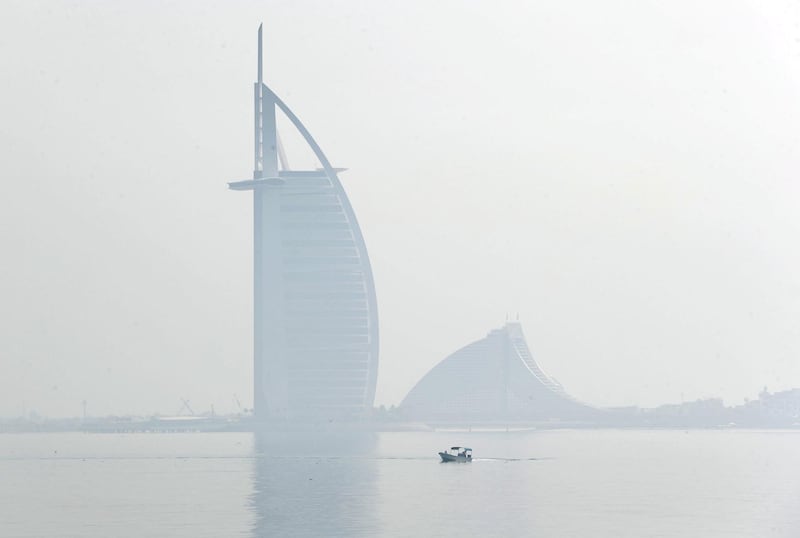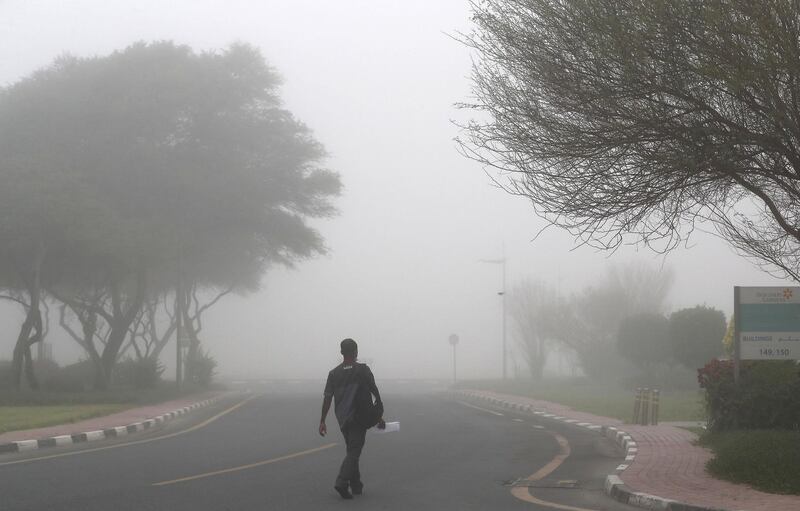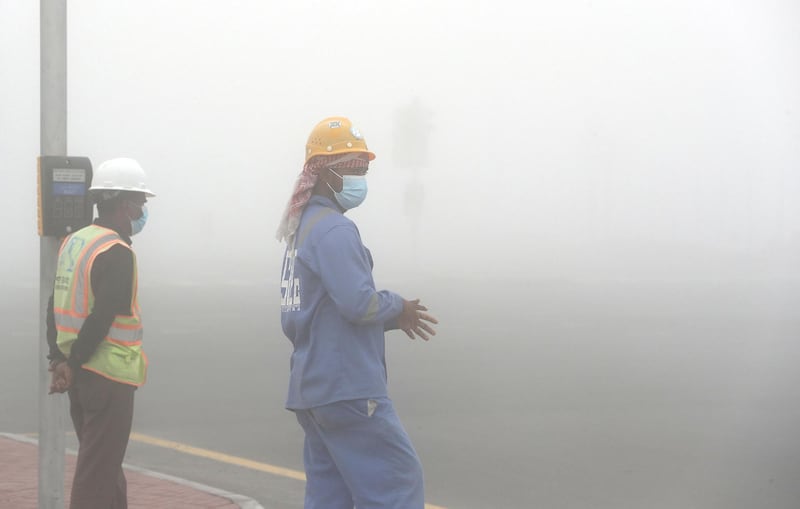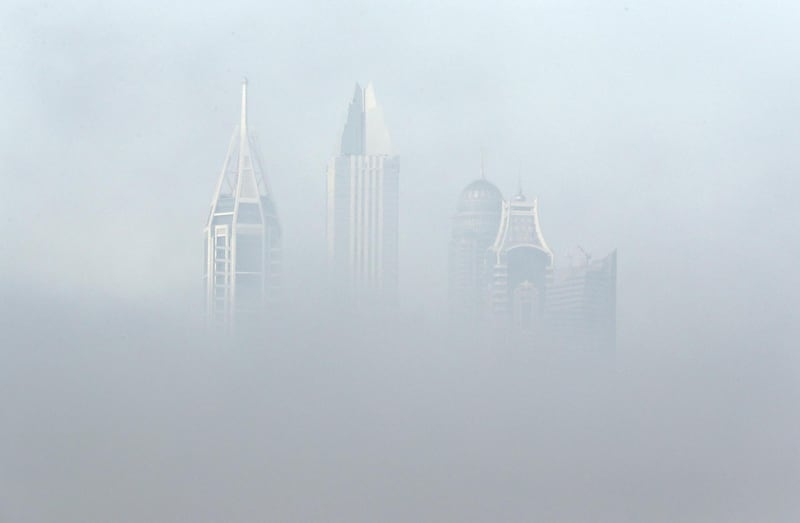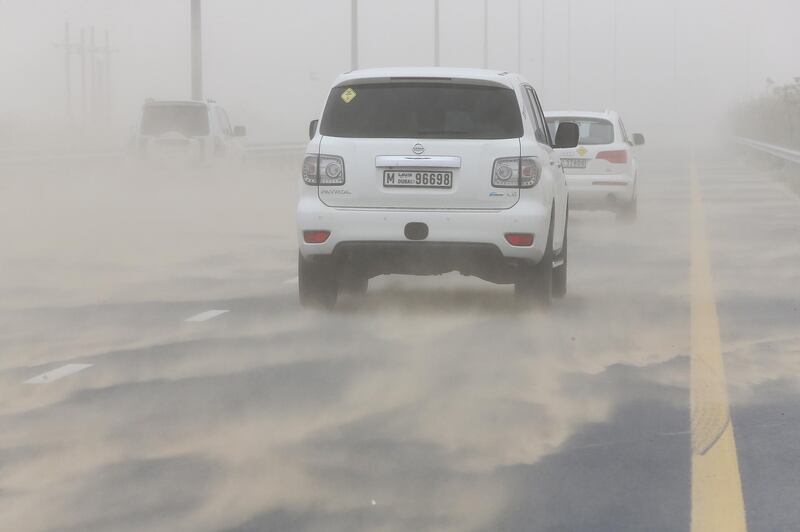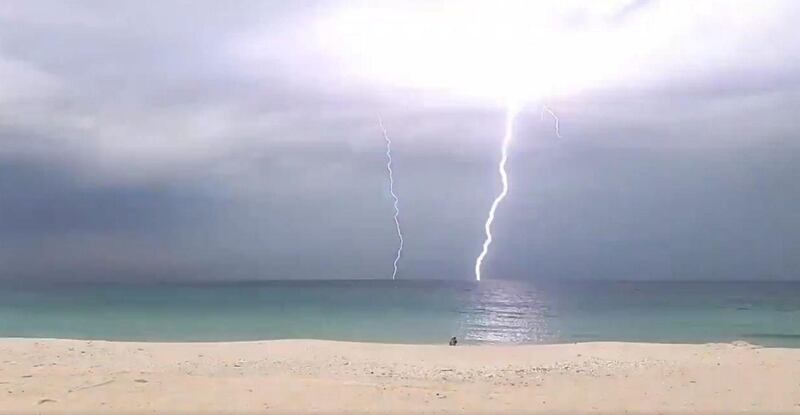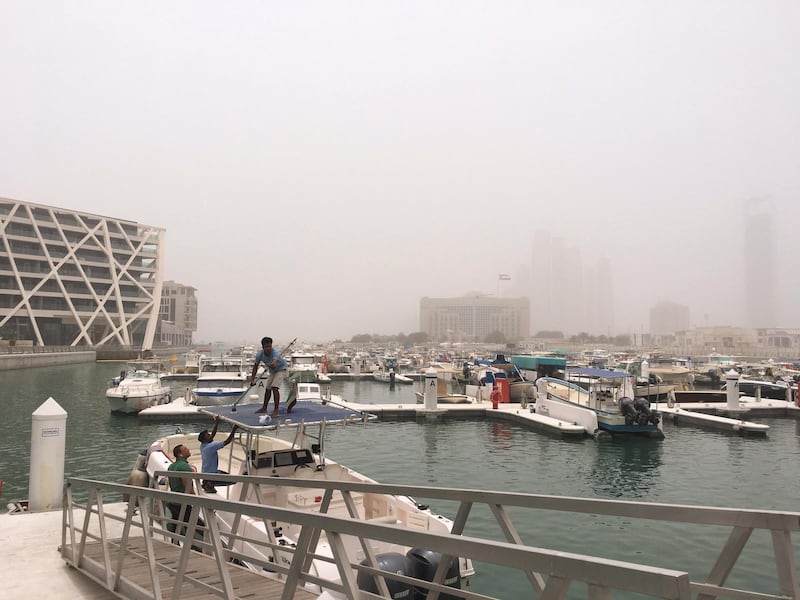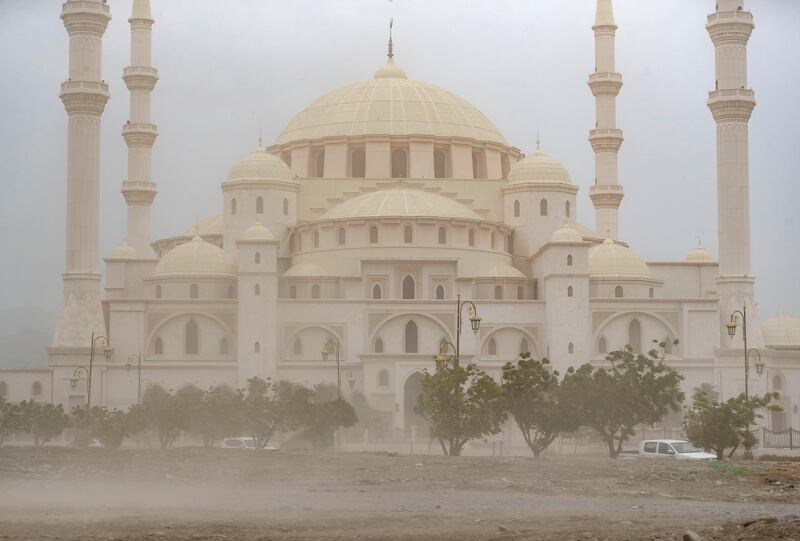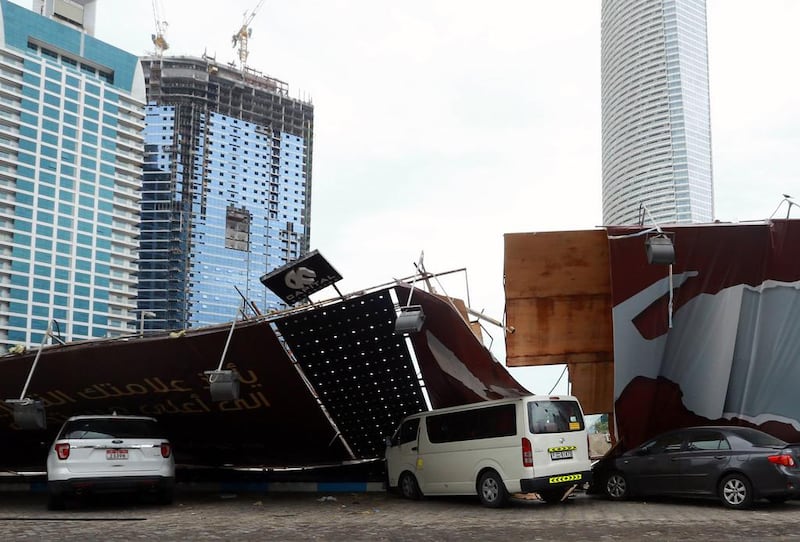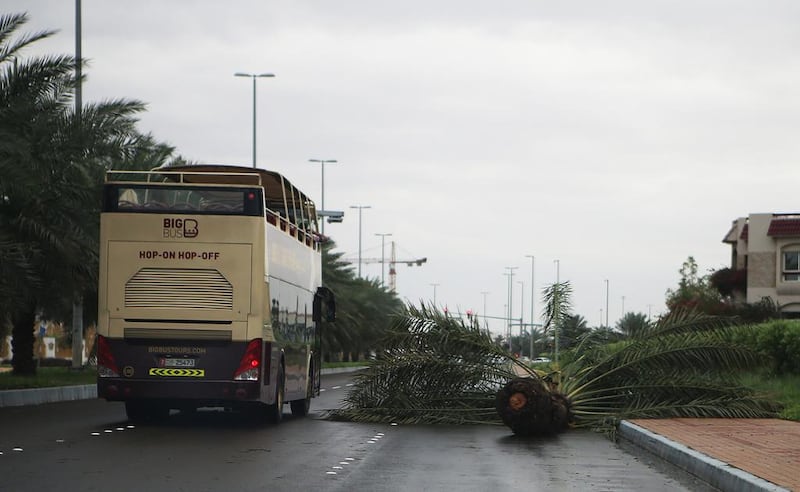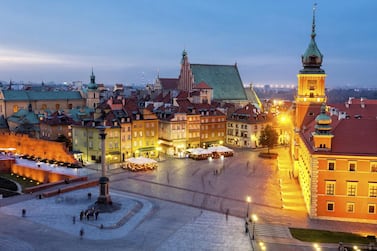As the adage goes, there are only two types of weather to be found in the Middle East – hot and even hotter.
But although much of the region is blessed with year-round sunshine – with temperatures regularly soaring beyond 40°C – there are plenty of examples to pour cold water, and even a flurry of snow, on this ill-founded theory.
Does it ever snow in the Middle East?
While the region is known for its hot weather, snow is not unusual in some areas. For example, the snow-capped slopes of Lebanon's Mzaar and Iran's Shemshak ski resorts are famed.
But an icy snap in the deserts of the Gulf, where temperatures plunged to a bone-chilling minus 5°C near Al Ain on January 11, is much less usual. Residents even had to scrape ice from cars and icicles formed on trees and plants.
Even more unusual was the sight of camels crossing snow-covered desert sands in Saudi Arabia in 2020.
Historically, the Middle East has faced some severe snow storms, including brutal blizzards that devastated Iran in 1972.
Here, The National takes a glimpse at the times when the Middle East faced bleak winters - and look at why residents can sometimes find themselves caught in the snow.
Snow in Saudi Arabia
We all know camels are far more comfortable ambling over hot sands, but a herd of the beloved creatures were forced to dash over a thin layer of snow in Saudi Arabia in November 2020.
In the sand dunes near Ash Shuqayq, in the north of Saudi Arabia, Khalid Al Hawawi captured the unusual sight of a herd of camels galloping over a thin layer of snow on video.
Watch incredible slow mo of Saudi camels in the snow
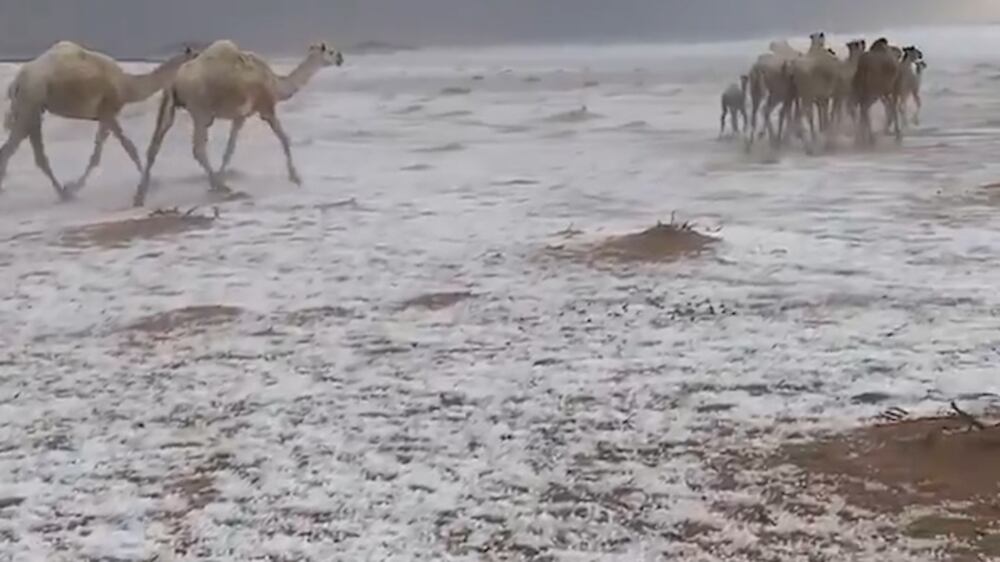
Mr Al Hawawi said he enjoys filming in inclement weather, and is used to rain occurring in the area.
The slow motion footage, including a baby camel, was a hit online.
Snow on UAE's Jebel Jais
The UAE's highest mountain, Jebel Jais, is the place to be for those keen on some diverse weather.
In January 2020, the formidable peak was blanketed in snow during a spell of particularly cold weather.
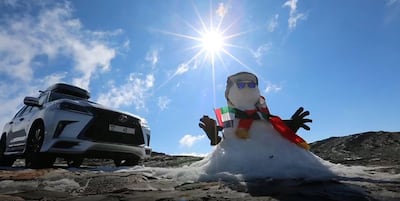
Ski slopes in Lebanon
You may not associate the traditional winter sport with the Middle East, but Lebanon is home to the region's largest ski resort.
Mzaar Ski Resort boasts 80 kilometres of ski tracks, with its three peaks ranging from 1,850 metres to 2,465m. There are also 18 ski lifts.
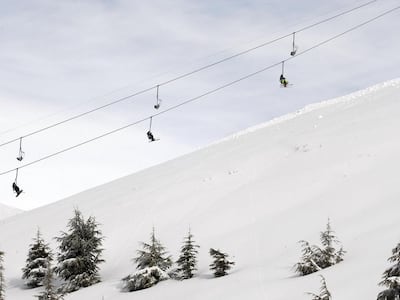
Authentic Lebanese food and a heated indoor pool with snow-covered views make it a great place to unwind after a day on the slopes.
The 1972 blizzards in Iran
In February, 1972 Iran was devastated by a series of brutal blizzards as temperatures fell to at least minus 13°.
About 4,000 people are believed to have died during the week-long storms as deep layers of snow covered rural areas of the country.
The UAE's great storm of 1963
While there's no record of snow, November 22, 1963, has gone down in history for one of the most destructive storms ever to hit the UAE.
From Sharjah to Abu Dhabi, torrential rain and winds close to hurricane force devastated the region.
Flimsy palm-frond homes were ripped apart, boats sank at their moorings and wind-driven waves pushed deep inland.
The death toll was not recorded but must have been considerable.
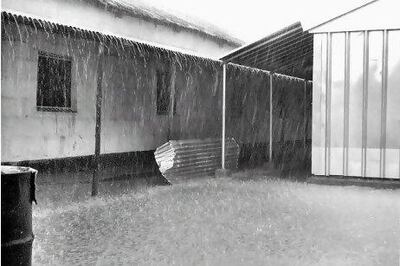
The storm was especially damaging because Abu Dhabi had no port at the time. Instead, goods were unloaded from ships directly on to the beach. Unprotected, the sea swept them away.
But it was in Dubai where the storm hit hardest. Those homes not destroyed were left knee-deep in floodwater. At the new Dubai International Airport, some light aircraft and gliders were tossed around like toys.
UAE battered by extreme weather in 2020
More than half a century on from the events of 1963, the UAE was hit by another barrage of damaging weather.
In January last year, about a year’s worth of rain fell on some parts of the country in the course of a weekend, forcing a number of schools to shut in Dubai and Abu Dhabi owing to damage as a result of the three-day deluge.
Nature's role in cold weather in the desert
The landscape of the Middle East – complete with rugged mountains and vast deserts – plays a significant part in turning down the heat.
Desert conditions are usually scorching during the day, but temperatures drop drastically during the night because the air is so dry that heat rapidly escapes.
Another factor is sand, which does not retain heat, so when the sun sets there is no heat for the surface to absorb.
What goes up must come down, in temperature that is, when it comes to the mountainous terrain of the Middle East.
As air rises it expands and cools, making a mountain top a tough spot for those not wrapped up warm.
A version of this story was first published on January 12, 2021.
